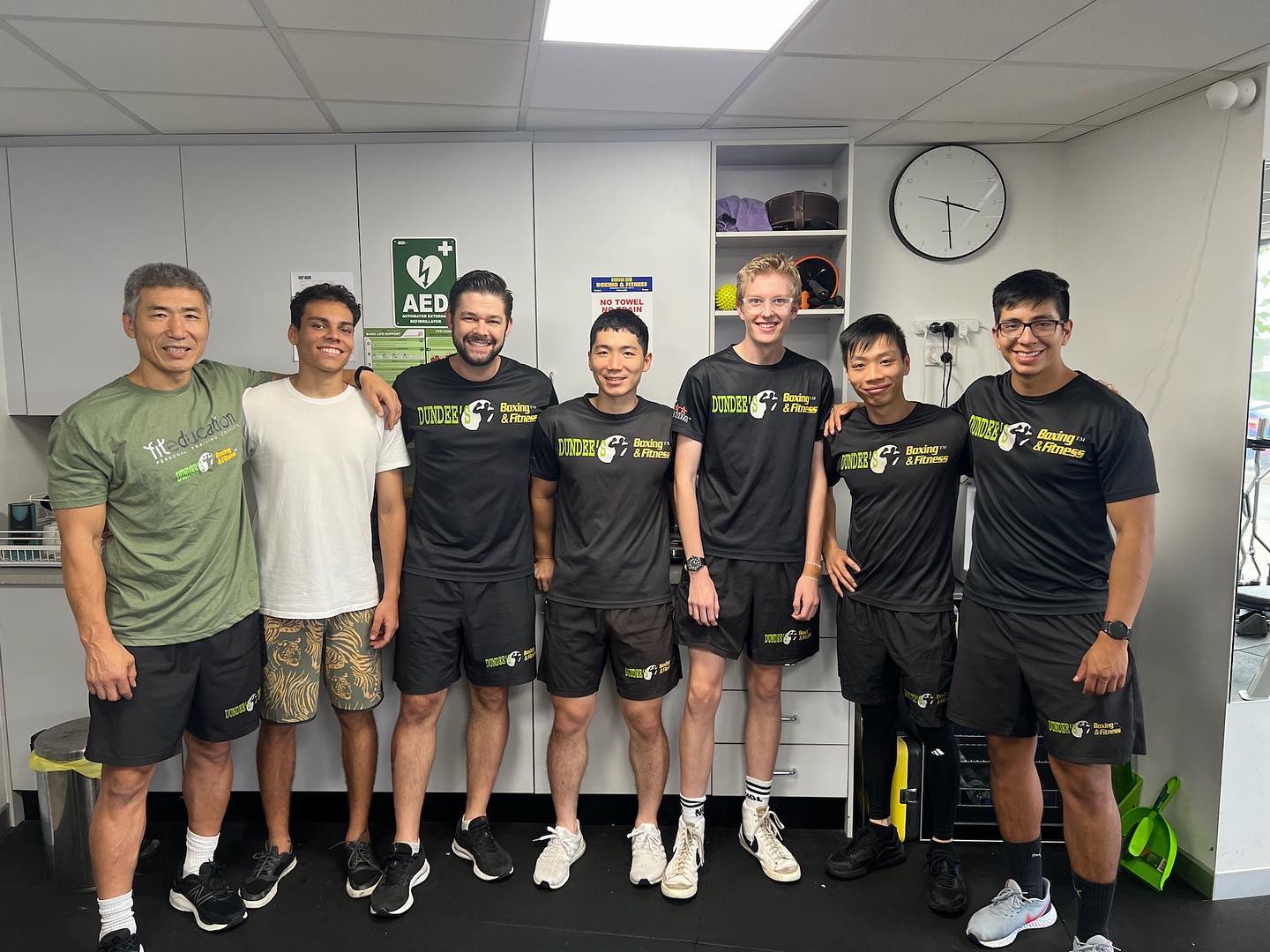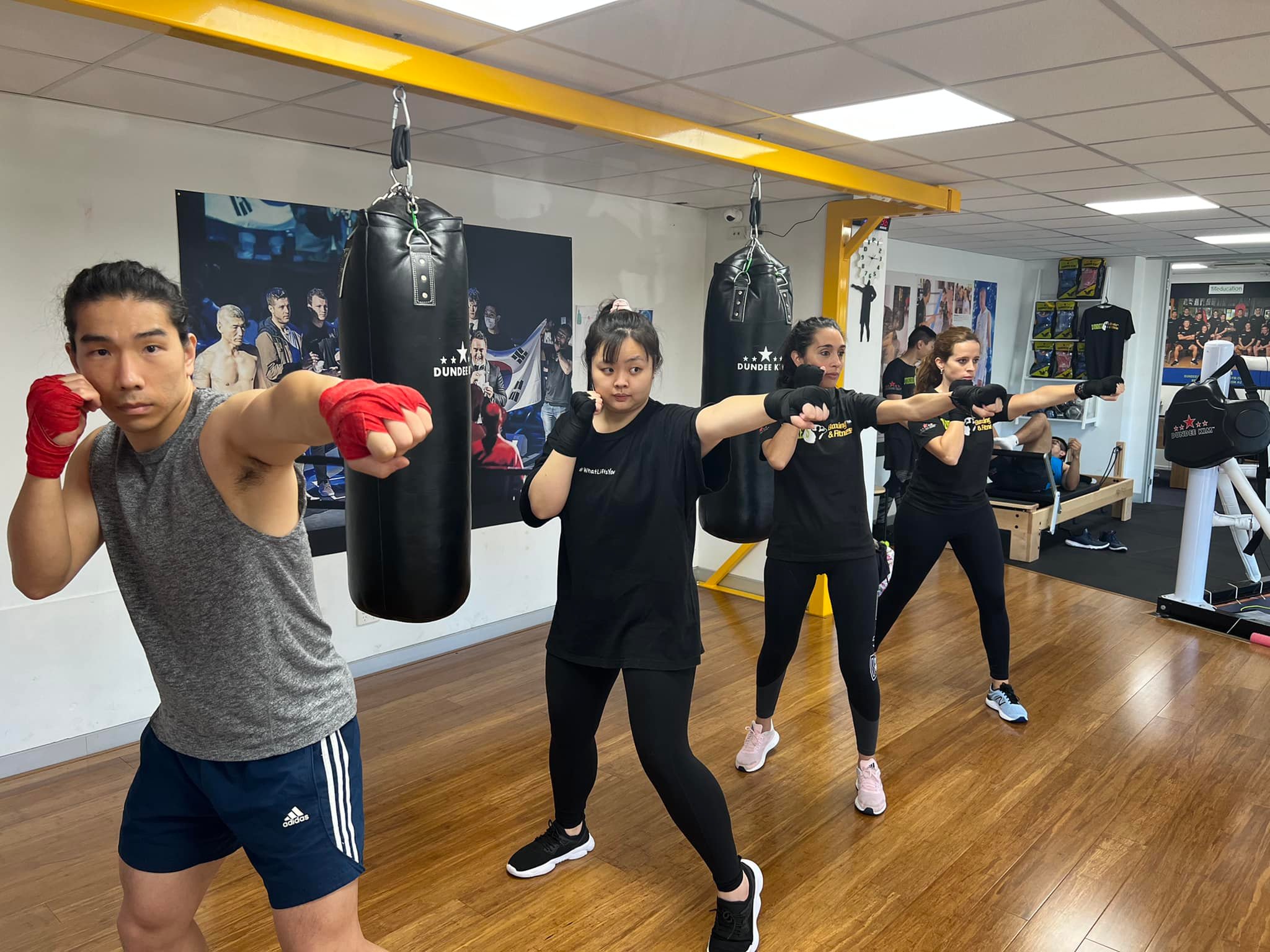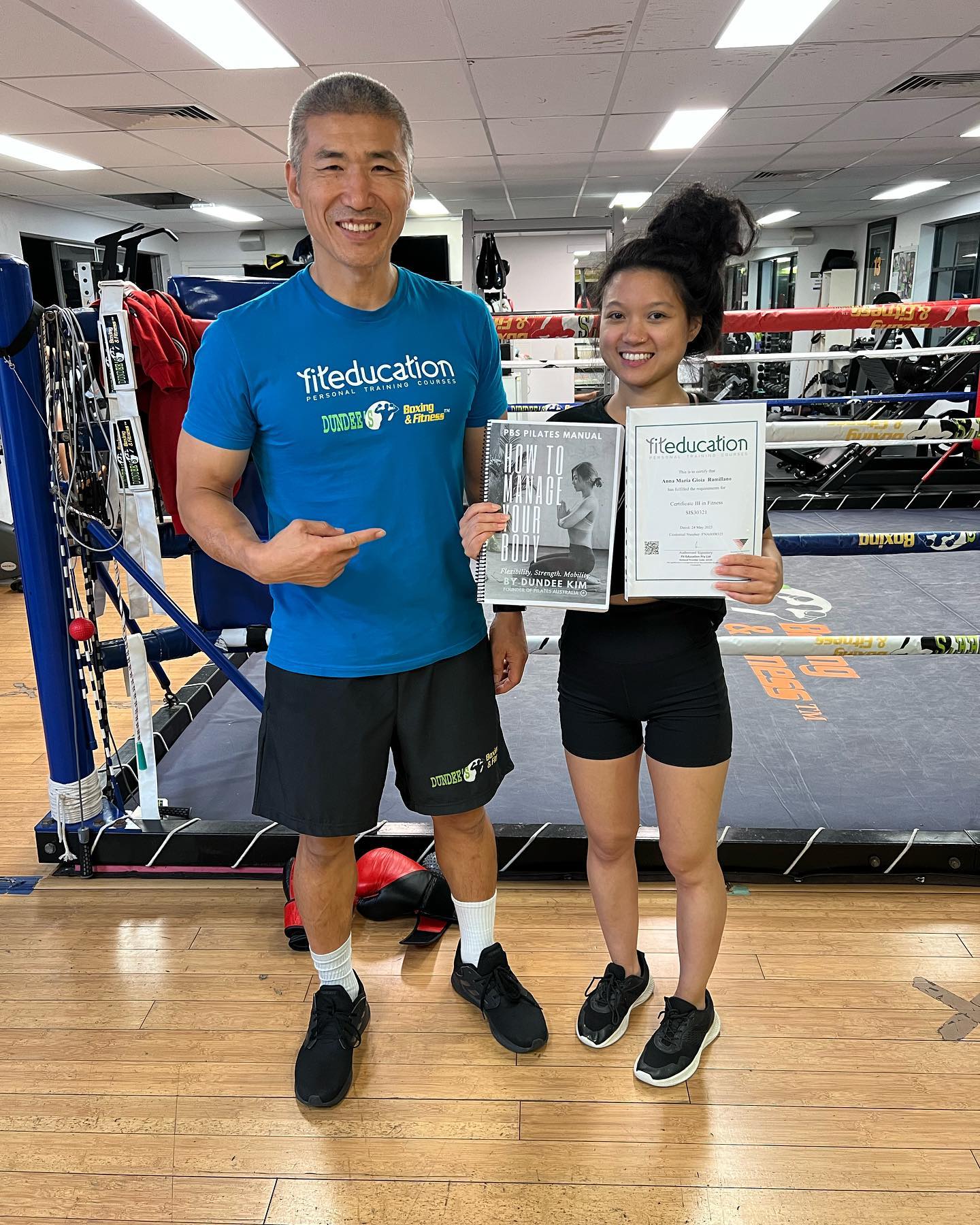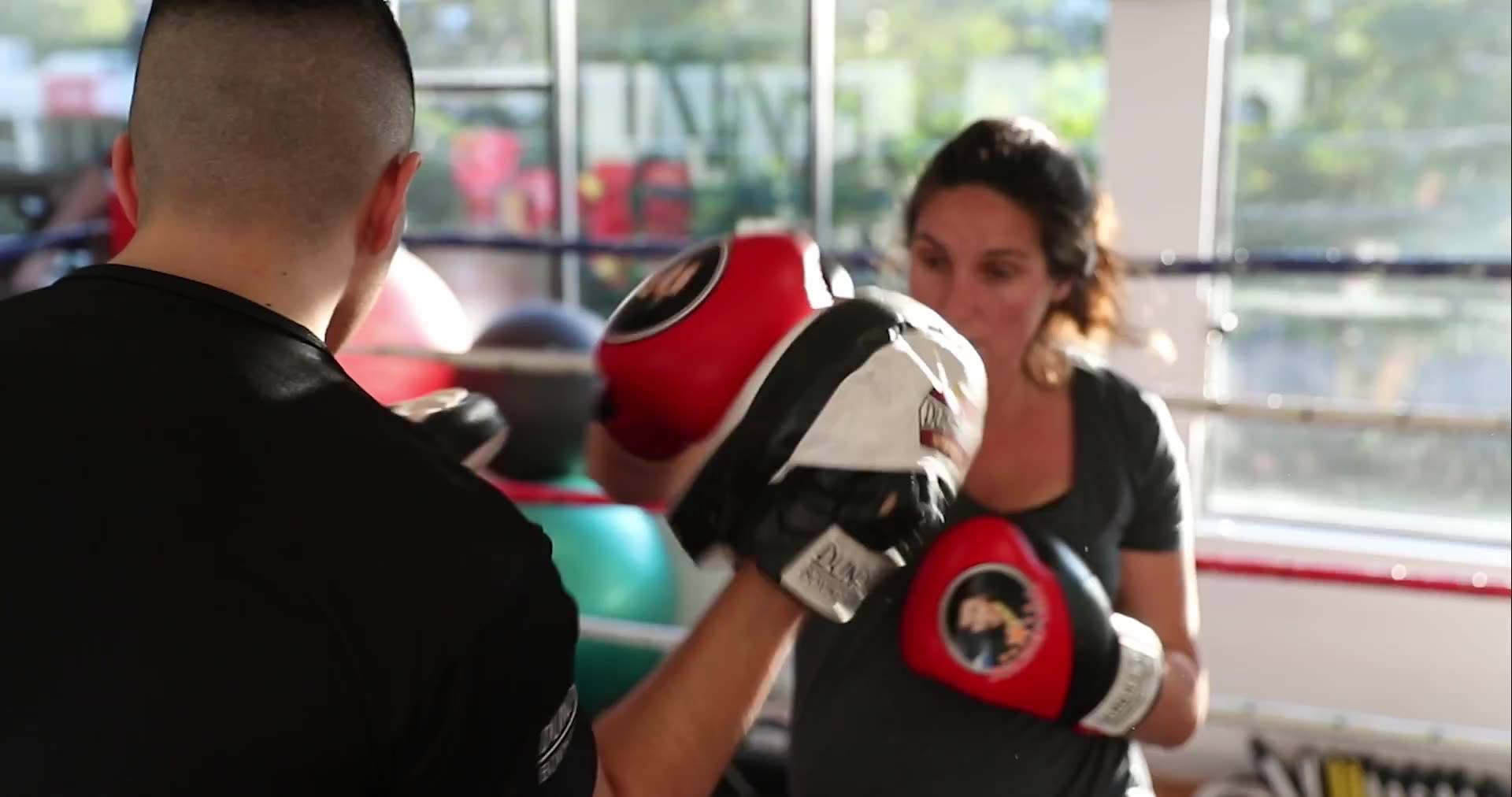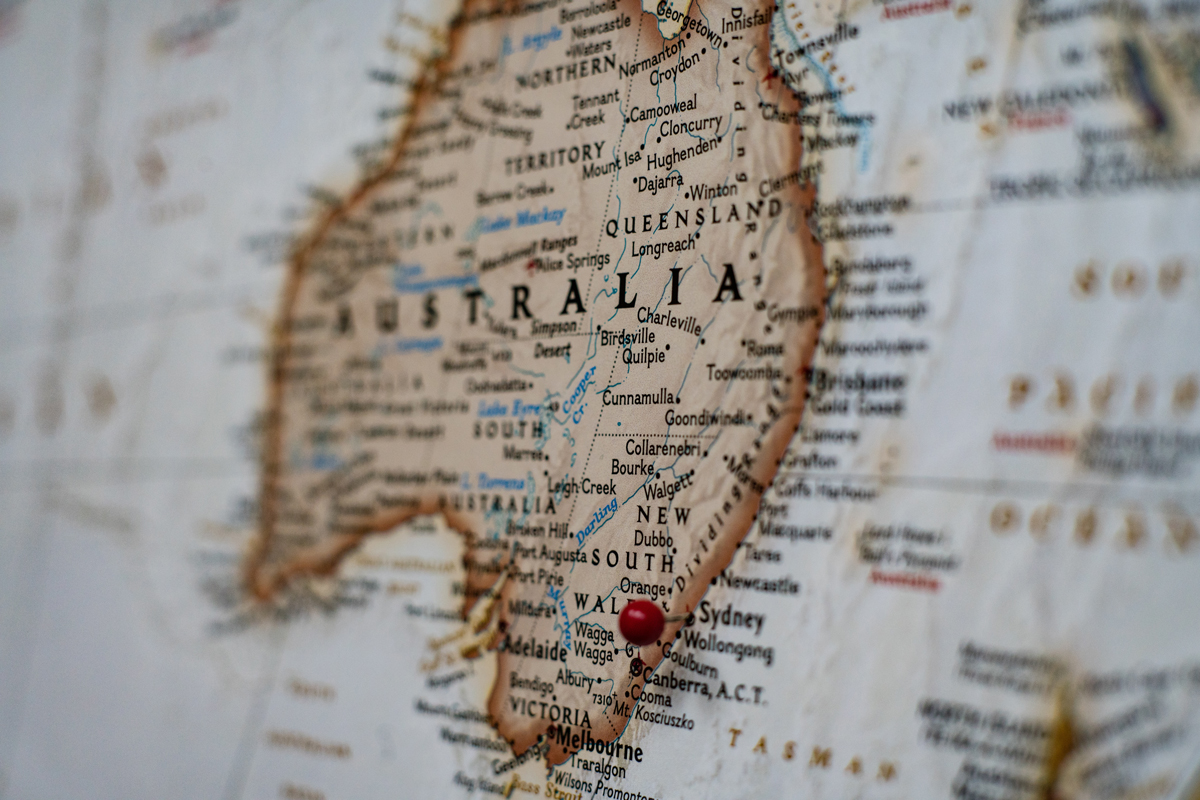Australia provides a multitude of different fitness certifications if you are looking for opportunities to study in the country. At the same time, many other countries, like the UK as well as most of Europe, recognise the fitness certificates from Australia which makes the country a great option for you to consider. However, at first glance, it can be difficult to tell the difference between the different levels of fitness education offered. In this article, we will discuss the main differences between the most common fitness certifications in Australia and which one would suit your fitness education journey.
Australia’s education is regulated by the Australian Skills Quality Authority (ASQA) and follows the guidelines outlined by the Australian Qualification Framework (AQF). This framework defines the standards such as learning outcomes of training and courses in the Australian higher education system, which structures the certification levels between 1 and 10. These standards are determined by the average knowledge and achievement expected of the average graduate.
Different training centres across Australia may offer a different variety of certifications to suit different demands. For instance, in Fit Education, some of our certifications include Certificate III and IV in Fitness as well as the Diploma of Sport, which are all offered to international students. For ease of understanding, we will focus on these 3 certifications to compare and contrast the similarities and differences of the certifications in fitness education specifically.

Entry requirements for fitness certification
The AQF certificate levels are ranked from 1 being the lowest in complexity and 10 being the the highest complexity. In short, the higher the certificate level, the more entry requirements you will need. To begin as a fitness instructor, the level 3 certification (Certificate III in Fitness) is the Australian minimum standard which encompasses some theoretical knowledge in a very specific area. This level is made for prospective students who want to kickstart their career in fitness education in Australia. Generally, the entry requirement for Certificate III in Fitness is an IELTS result of 5.5 or a minimum of Certification IV in any other field, which makes it a perfect starting point for beginners.
Meanwhile, Certificate IV in Fitness is a step up from Certificate III, as this is the Australian standard for personal trainers who are allowed to start a business of consulting with clients on a one-to-one basis. Understandably, in Fit Education, the entry requirements include a Certificate III in Fitness or an equivalent of competencies in several courses as outlined here. On the other hand, the Diploma of Sports, which is categorically a level 5 certification, offers a broader knowledge of a wider range of topics in sports and performance. The course requires the foundational knowledge found in Certificates III and IV in Fitness and is made for individuals looking to be leaders in sports and developmental fitness. This course is also a great choice for those who plan to further their studies.
Course description: Fitness education in Australia

As one of the introductory courses to fitness, Certificate III in Fitness covers essential knowledge of fitness education by combining theoretical education and hands-on experience. The module at Fit Education, for example, includes classes on health screening, nutrition, as well as the design of exercise programs to fully prepare graduates with the ability to be fully qualified fitness instructors.
Meanwhile, Certificate IV in Fitness prepares graduates with the right tools and knowledge to become competent and dynamic personal trainers. The course at Fit Education explores strength and conditioning, personal training, and group training while also providing skill development in small business management to start their own personal training business.
In the Diploma of Sports course, instructors are more focused on educating fitness industry professionals on strength and conditioning. This course allows its graduates to widen their knowledge to increase job opportunities and foster a long-term career in the industry. Graduates are expected to be equipped with the right information on training athletes, especially in high-performance training and performance development.
Skills acquisition

With Certificate III in Fitness, you will learn how to conduct a health screening for your clients. Qualified graduates will also learn more about human anatomy and physiology which is essential to designing exercise programs and a better understanding when testing a client’s fitness level, both of which you will learn in the course as well. With your certificate, you will also be able to instruct community fitness programs and be a source of motivation for your clients to help them achieve their fitness and nutrition goals.
On the other hand, Certificate IV in Fitness prepares you for more skills as a personal trainer. You will be able to prepare long-term fitness plans for personal training clients and evaluate their performance over time. You will also be exposed to more teaching methods, both for indoor and outdoor exercises, and will be able to start your own personal training business with relevant work experience as part of the certification. Additionally, the course will teach you how to develop your sales and marketing skills in order to continue a sustainable long-term personal training business.
On top of these skills, a diploma in sports graduate will also have the knowledge of ethics and integrity in sports, as well as drug usage or doping in sports. Diploma graduates are also knowledgeable in sports technology, fitness and recreational work as well as sports development, leadership and coaching. The typical graduate is expected to not only understand sports in general but to also be able to manage their athletes as well as their relationship with other key stakeholders.
Job prospects after fitness certification in Australia
Fitness graduates with Certificate III will be able to venture out as fitness or gym instructors, and group fitness instructors in Australia and most countries abroad. Most of those with Certificate III are associated with working with gyms rather than doing freelance work, which is more popular with personal trainers. Fitness instructors and gym instructors are the same job positions used interchangeably. They are distinct from personal trainers, as the former are only trained to create exercise regimens for a generalised group of people. Hence, in order to become a personal trainer, you will have to be certified with the Certification IV in Fitness. Meanwhile, a Diploma in Sports graduate can do all of the above on top of other jobs in athletic performance and development. This includes sports coaches, sports development officers and the like.
With that information, the next step you can take is to decide your objectives in the future: Are you looking to pursue a long-term career in fitness? Will you be pursuing a freelance career or are you looking for something more stable? At the end of the day, what fitness certification you go for will depend on your end goals. Ready to get your fitness journey started? Check our PT courses to find out more about the certifications and how you can expand your horizons and explore your fitness career.
Find out about our PT courses:


